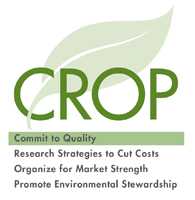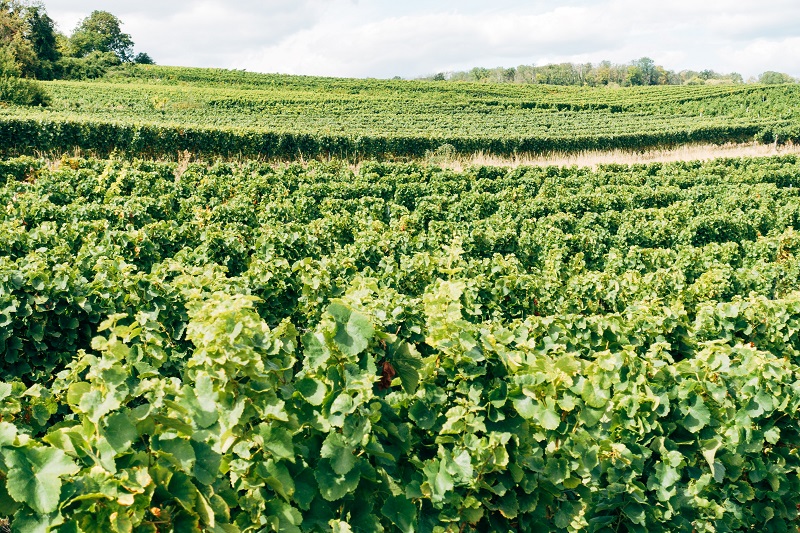Postharvest Protection

The theory of “going green,” or instituting practices that promote environmental stewardship, is becoming more of a requirement than a trend for fruit growers. However, the heat has also been on growers to provide an exceptionally safe product. This has left growers in a quandary — how can you protect your crops in the packinghouse while maintaining sustainable practices? Though the prospect may sound daunting, there are innovative new options available to achieve this goal.
“Clean” Chemistry
Chemical companies have recently started to focus their efforts on creating crop protection products for use in postharvest applications that are as effective as traditional treatments, and preserve the health and quality of the environment as well. In some cases, this involves implementing simple methods that bring about impressive results.
For its new cold storage product line, Purfresh converts the oxygen in the air into ozone using an electrical charge. The ozone is suited specifically for agriculture conditions and its concentration can be managed precisely. Cold storage serves to protect the fruit by killing and controlling the spread of mold, preventing the release of airborne mold, killing existing populations of mold on surfaces including bins and walls, arresting the natural ripening process, and improving food safety by killing aerobic bacteria.
When incorporated into a wash, such as Purfresh Wash, ozone acts as an oxidizer which is dissolved in water. Fruit is sprayed with the mixture. No residue is left on the plants, the ozone dissolves immediately upon taking effect, and the useful life of the process water is extended because no chemicals are being used. In addition, the wash does not interrupt existing process lines.
The price of the wash and products similar to it is about the same as the price of a truck. “You will find that these applications are quite affordable,” David Cope, president and CEO of Purfresh, says.
Safe Travels
According to USDA, about 30% of shipped produce is damaged due to microbial decay. To address this issue, companies are creating transport containers equipped with element monitoring systems. The line of transport containers manufactured by Purfresh also delivers low-dose ozone which controls decay and ripening.
The monitoring system tracks the conditions that determine the quality of the produce being shipped, and sends out alerts to the grower. At the end of the trip, a report containing a final tally of all the information is generated. “We believe there have to be solutions all the way down the supply chain,” Cope says.
Keeping Track
Traceability has clearly become one of the more pressing issues that fruit growers face today. With both retailers and consumers concerned about potential recalls, it is now essential to be able to trace back your products. Traceability also lends itself to sustainability, one of the buzz words of the “green” movement.
ScoringAg is a Web-based computer database system that displays real time product data using each SSI-EID item’s code. As a result, users have access to traceback records and other information regarding the origin of the product. This provides retailers with country of origin (COOL) law compliance labeling.
Systems like ScoringAg can help ease the process of a recall by narrowing the traceback path to be specific to site, time, handler, and item. ScoringAg goes so far as to archive records as required by COOL for one year after the sale of all covered commodities sold within the regulatory requirements.








